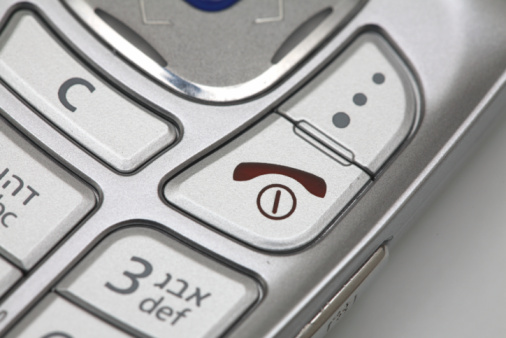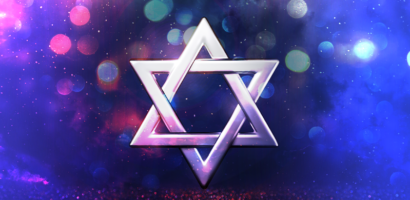Hebrew is a member of the Canaanite group of Semitic languages. It was the language of the early Jews, but from 586 BC it started to be replaced by Aramaic.
By 70 AD use of Hebrew as an everyday language had largely ceased, but it continued to be used for literary and religious functions, as well as a lingua franca among Jews from different countries.
During the mid-19th century, the first efforts were made to revive Hebrew as an everyday language. One man who played a major role in these efforts was Eliezer Ben Yehuda, who was the first to make exclusive use of Hebrew in his home and encouraged the use of Hebrew among others, as well as its use in schools.
Modern Hebrew is written from right to left using the Hebrew alphabet (22 letters). Modern Israeli Hebrew has borrowed many words from Aramaic, Yiddish, Ladino, Arabic, German, Latin, Polish, Russian, English and other languages.

The vast majority of words in the Hebrew language can be boiled down to a three-consonant root word that contains the essence of the word’s meaning.
Hebrew words are formed from roots by changing vowels and by adding a wealth of prefixes and suffixes to that root. Prefixes can be prepositions (in, on, of, to, etc.), articles (the), or other things. Suffixes can be pronouns (he, you, our, etc.), possessives (‘s), or can indicate gender and number (female singular; male plural, etc.). Because of the way, these prefixes and suffixes are added to the root, a single word in Hebrew might be translated into English as several words.







 Available on WhatsApp
Available on WhatsApp
Join the conversation (No comments yet)